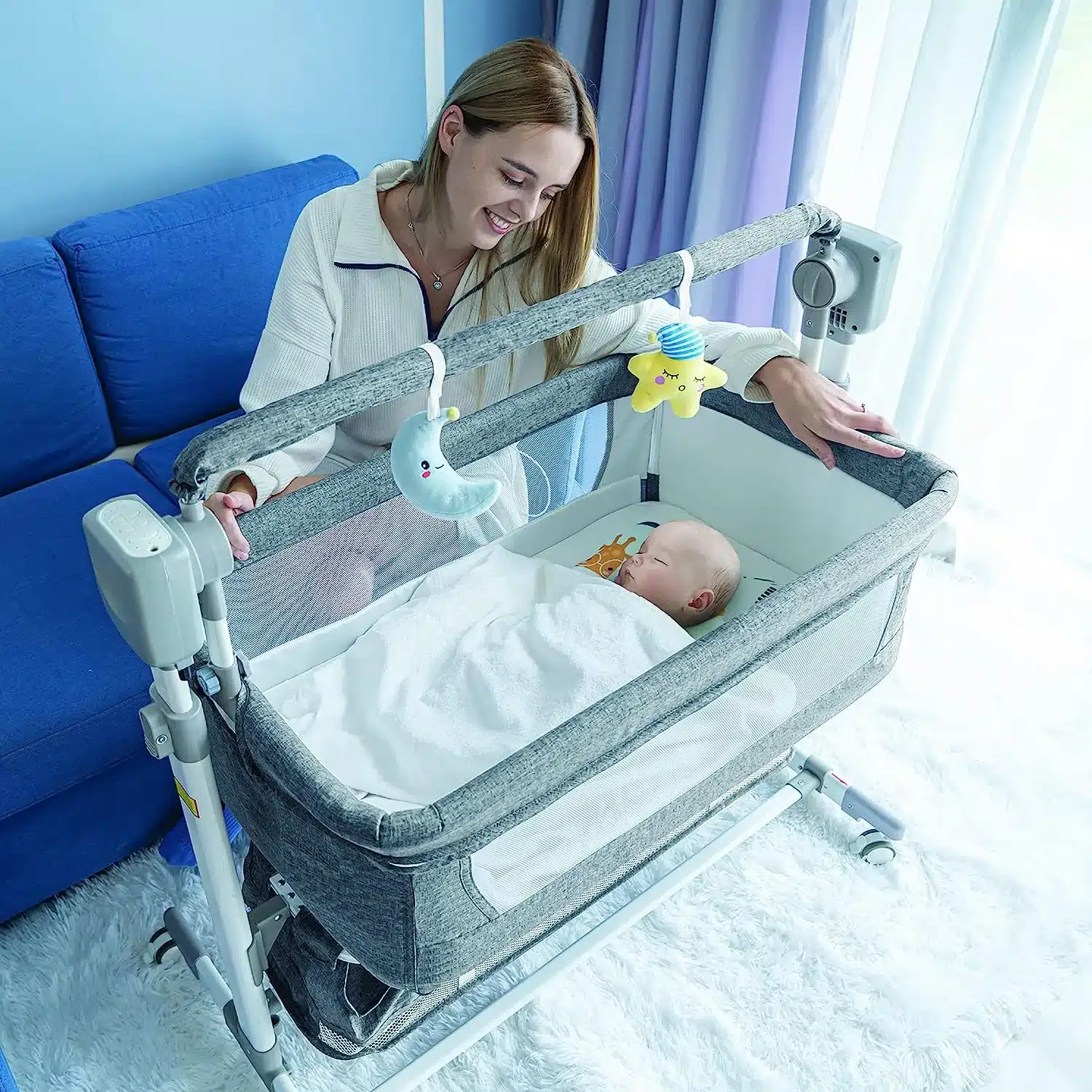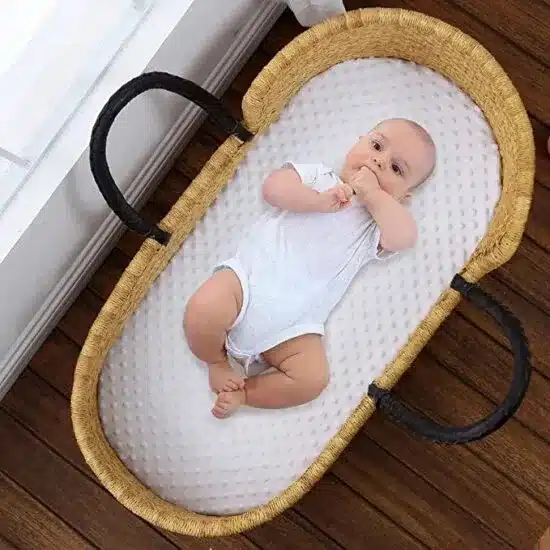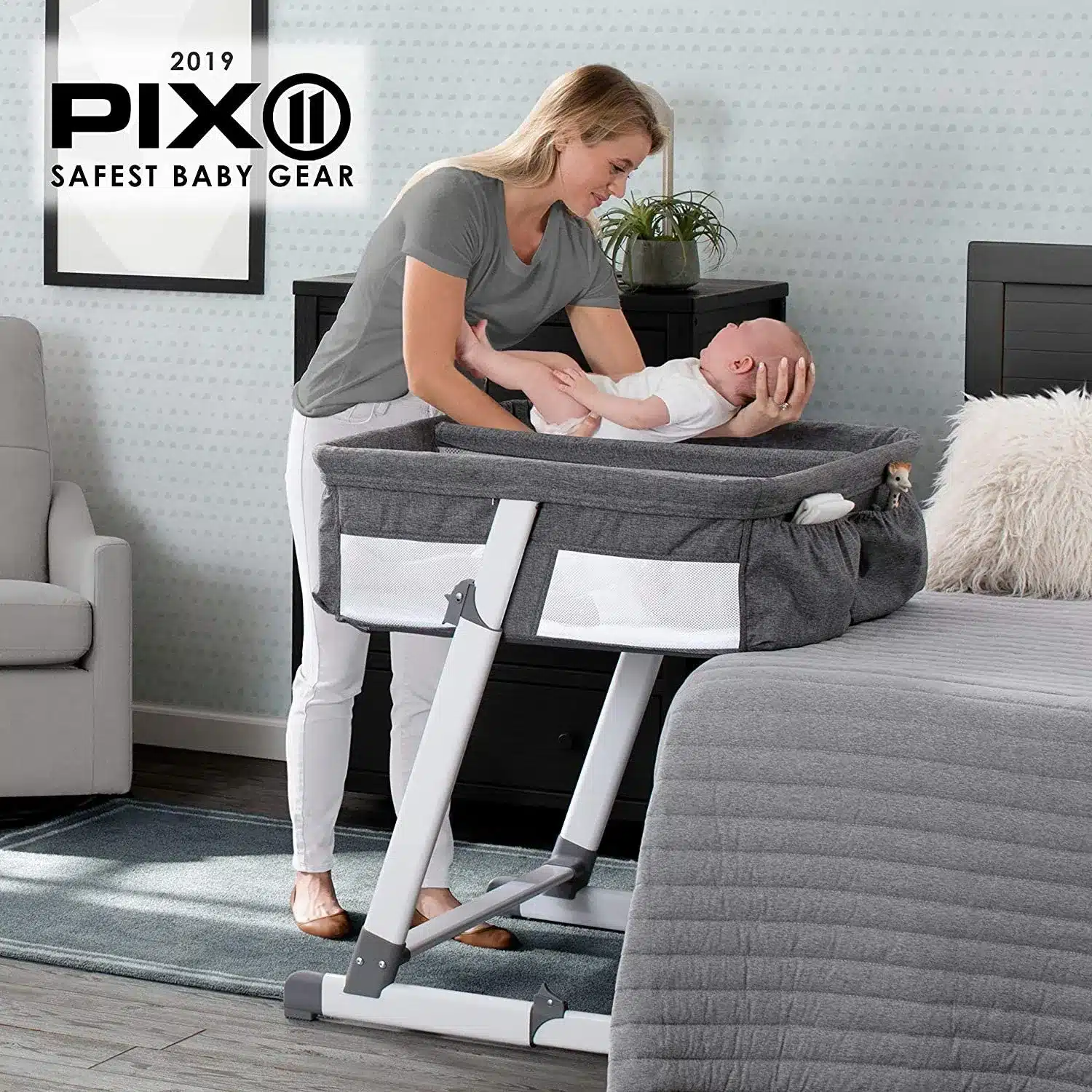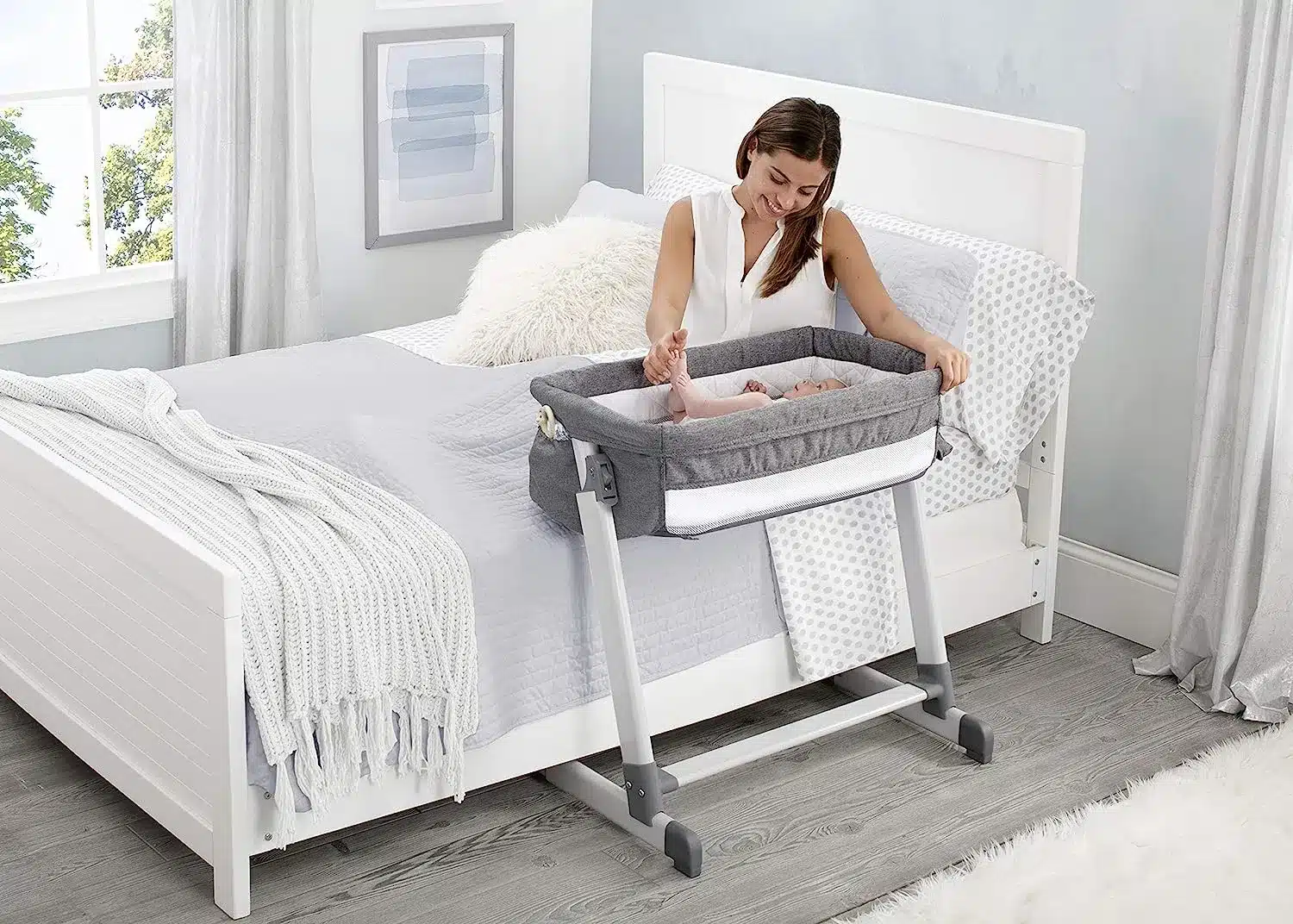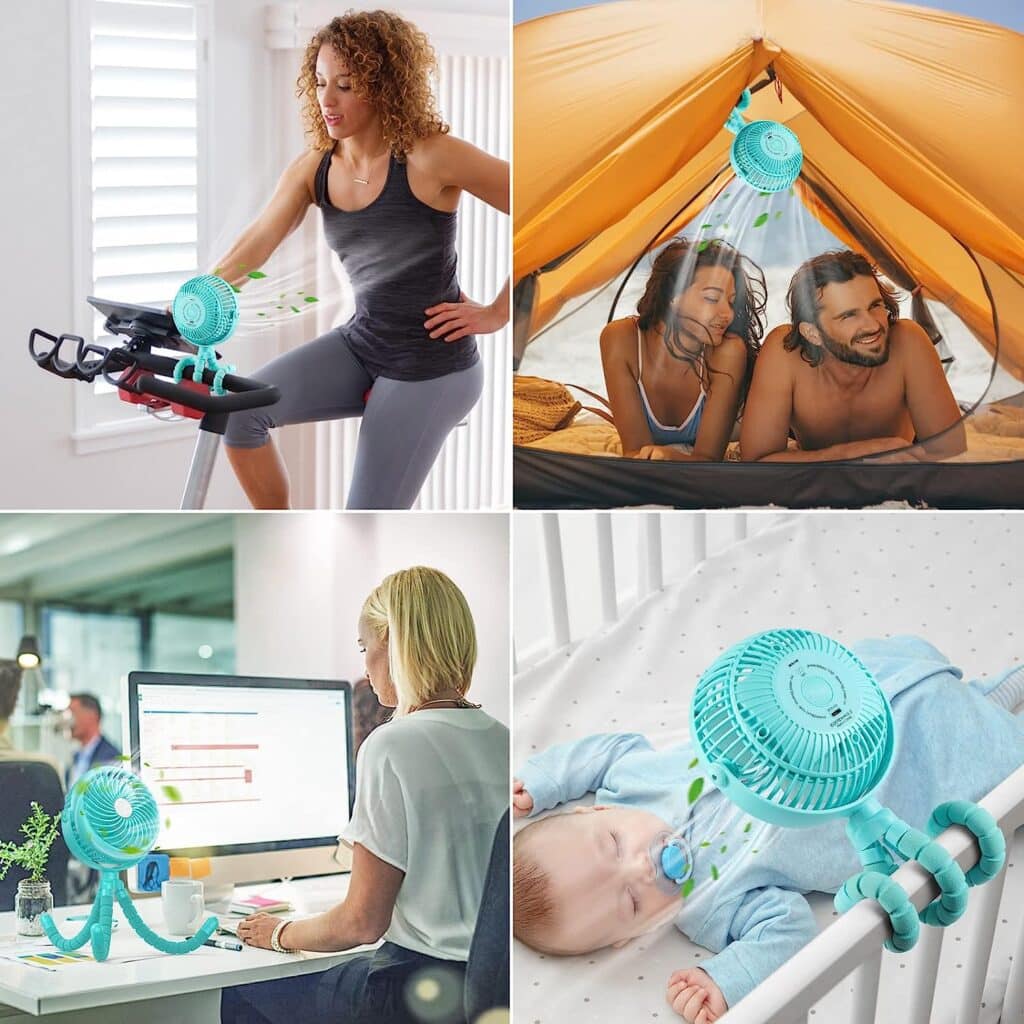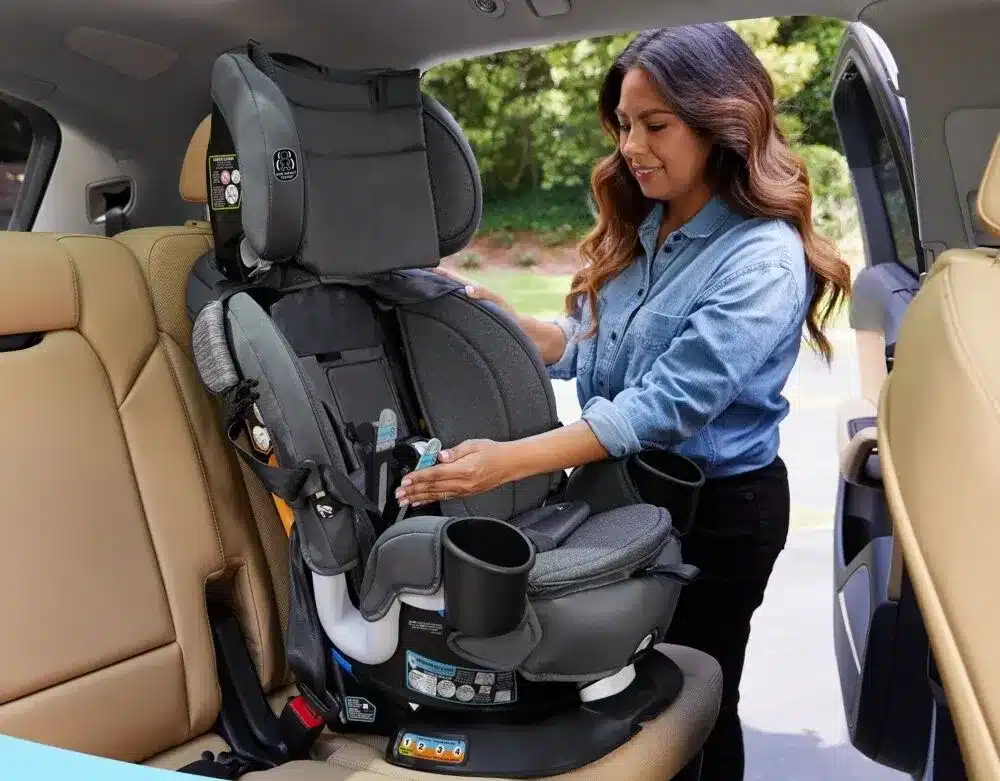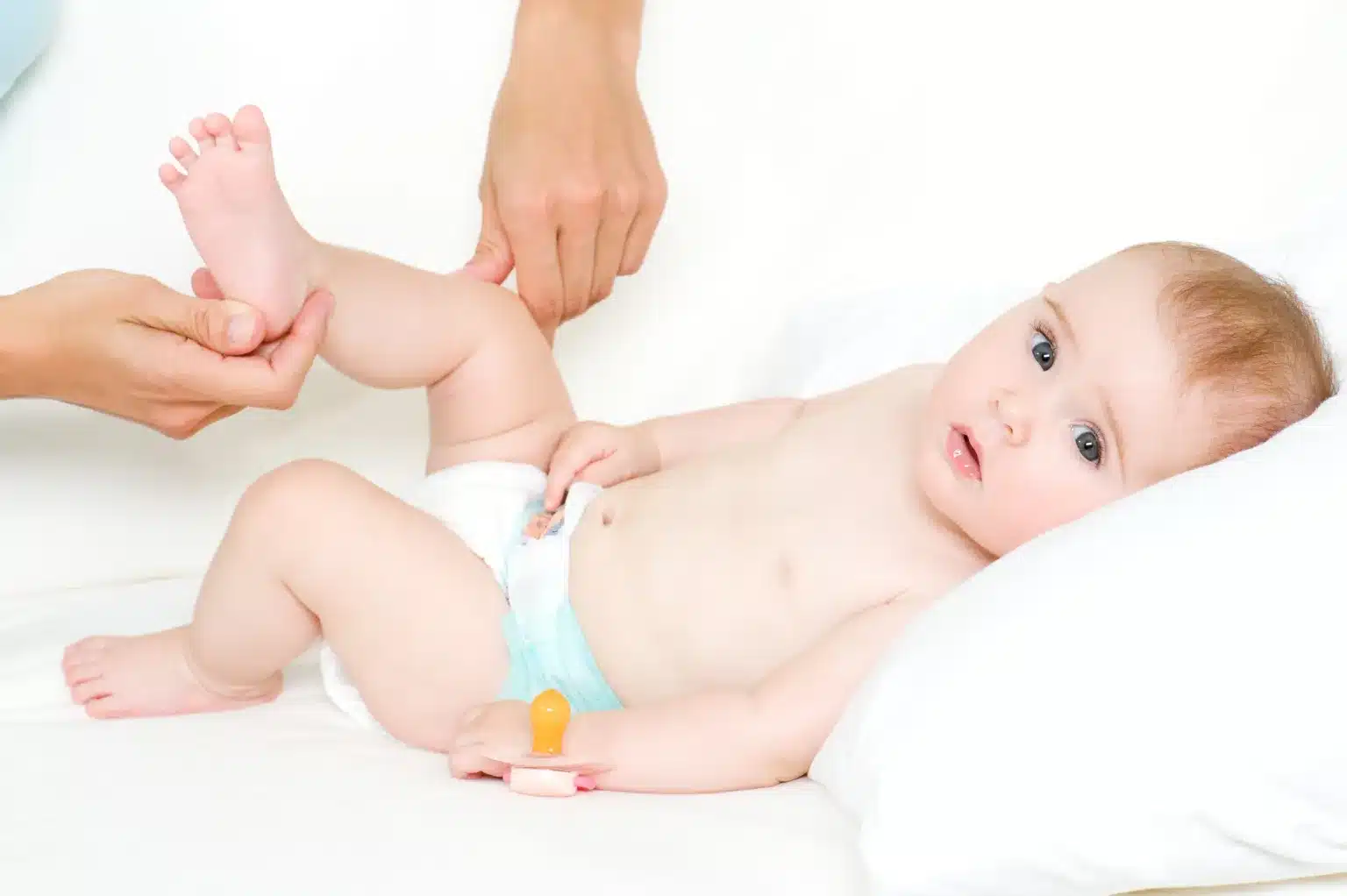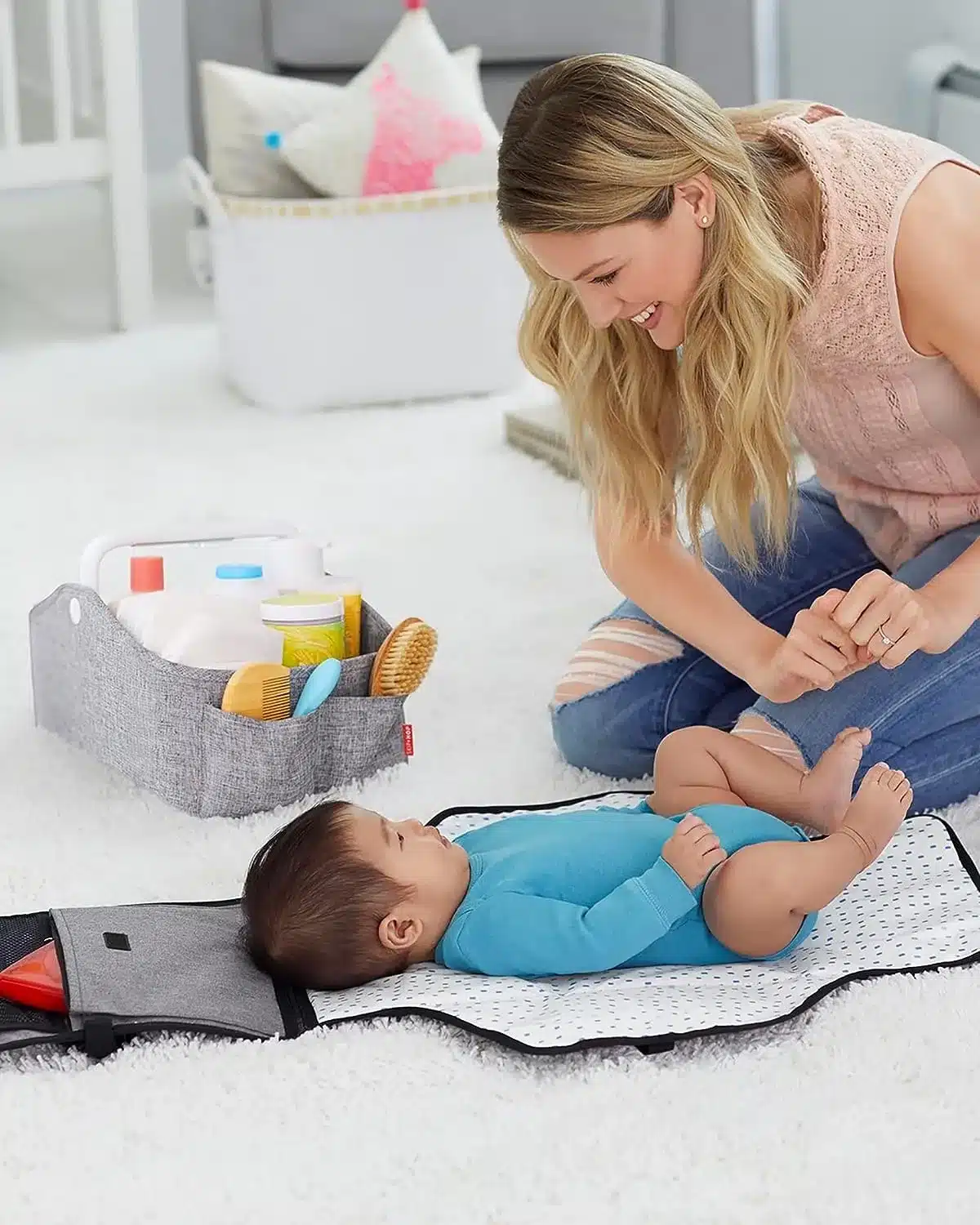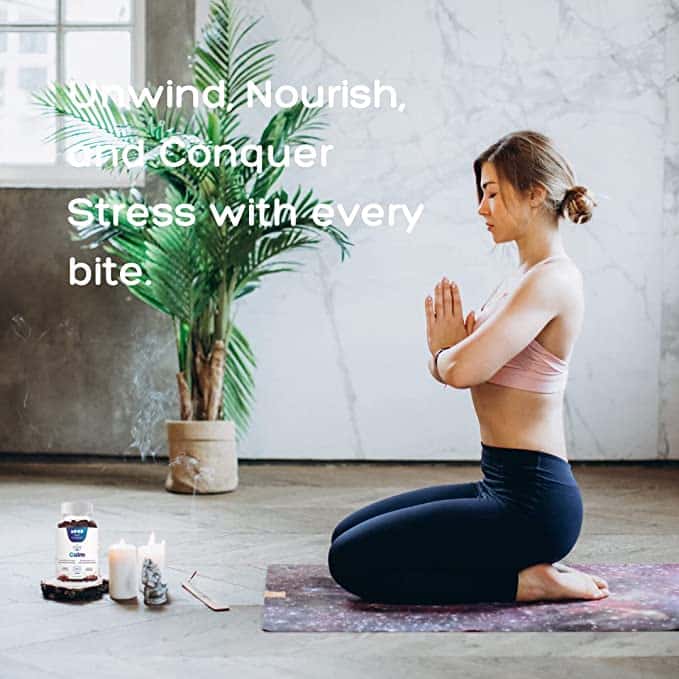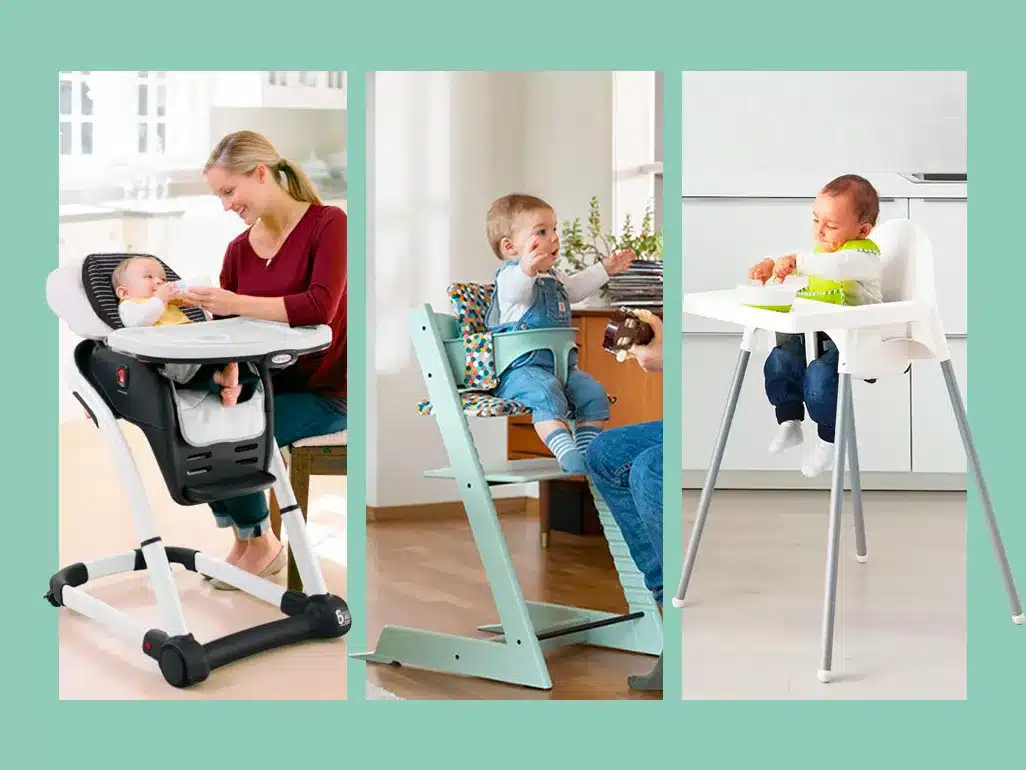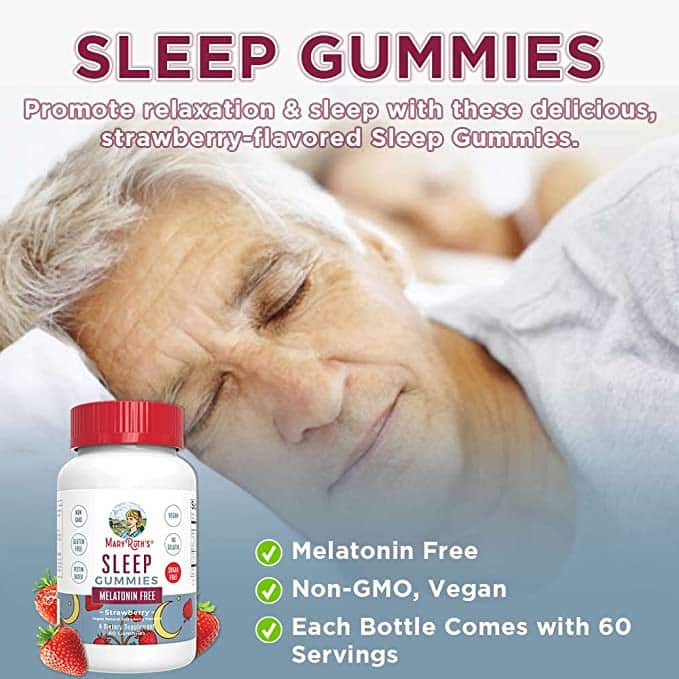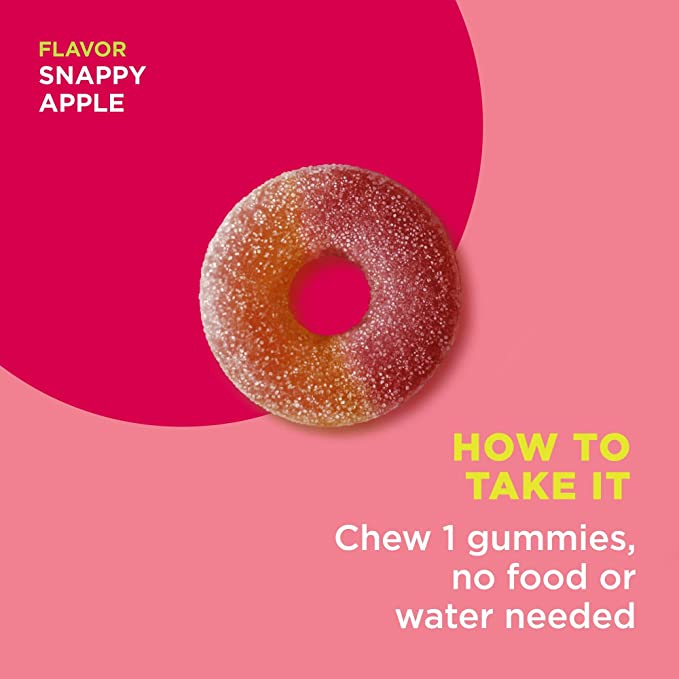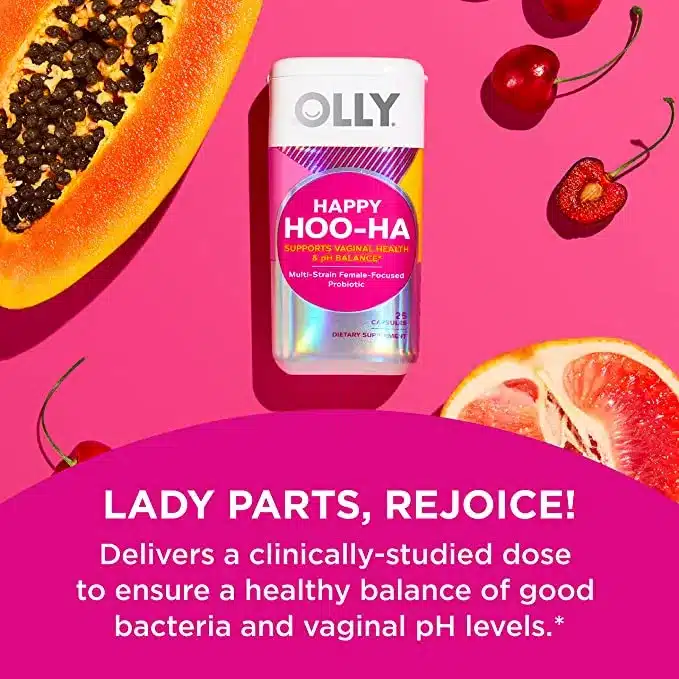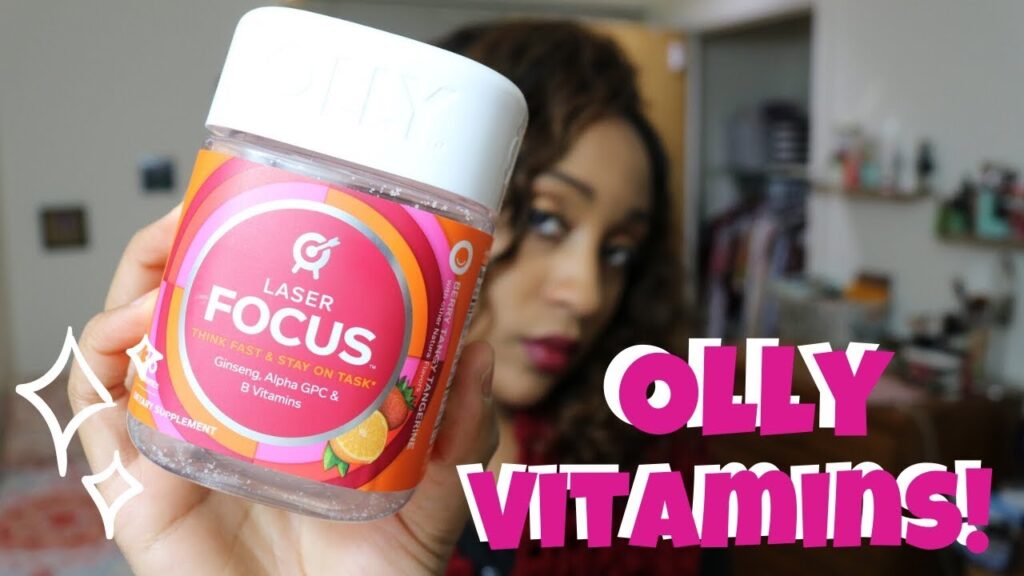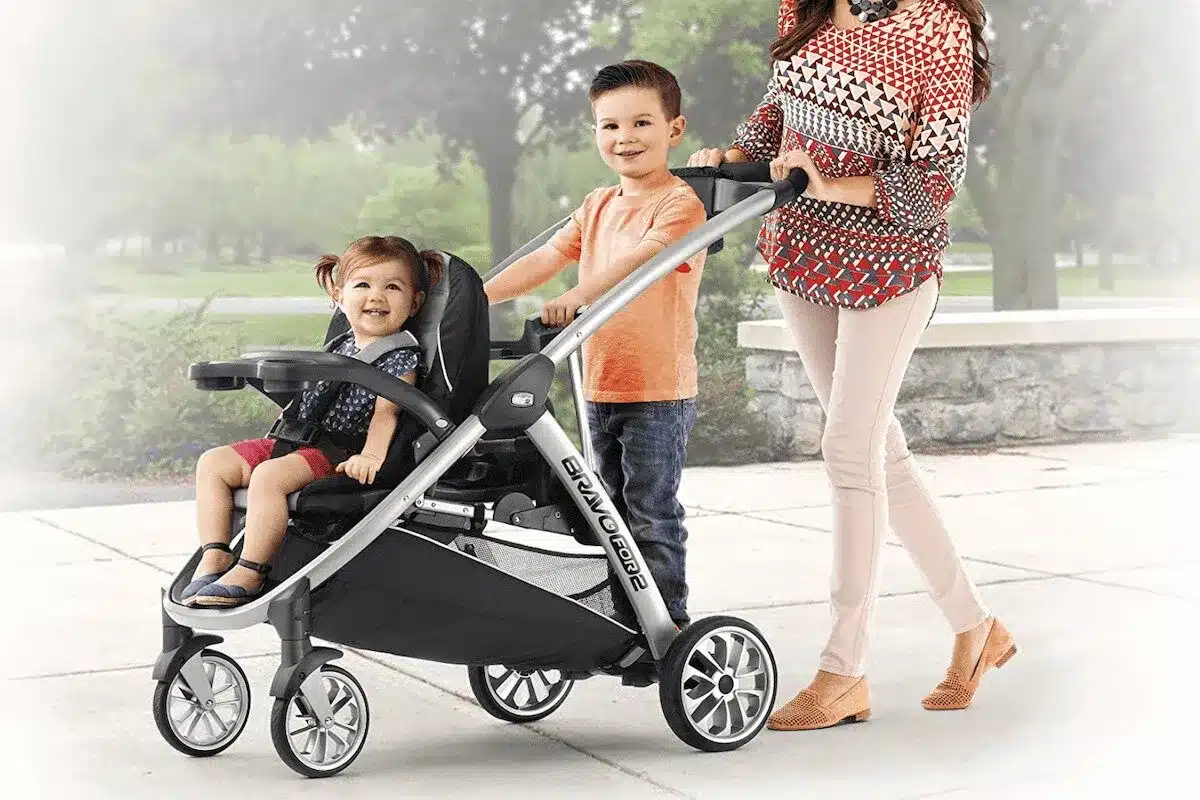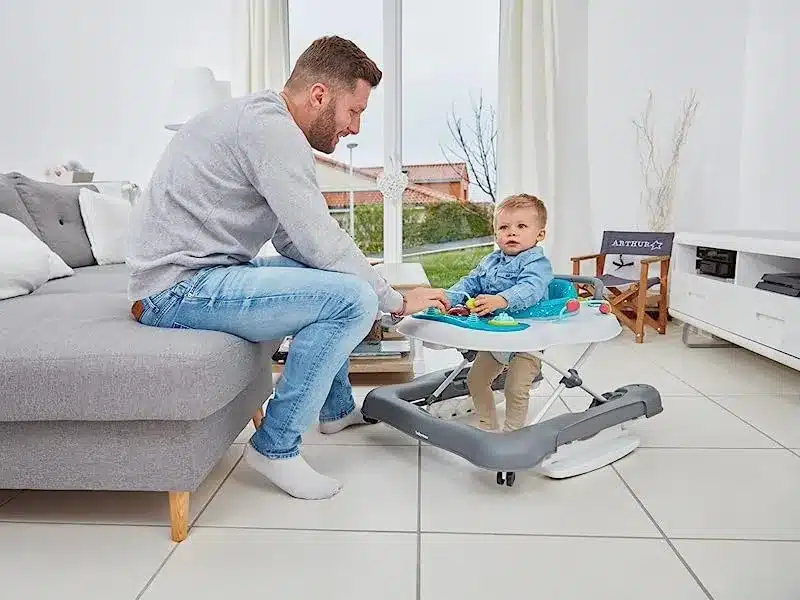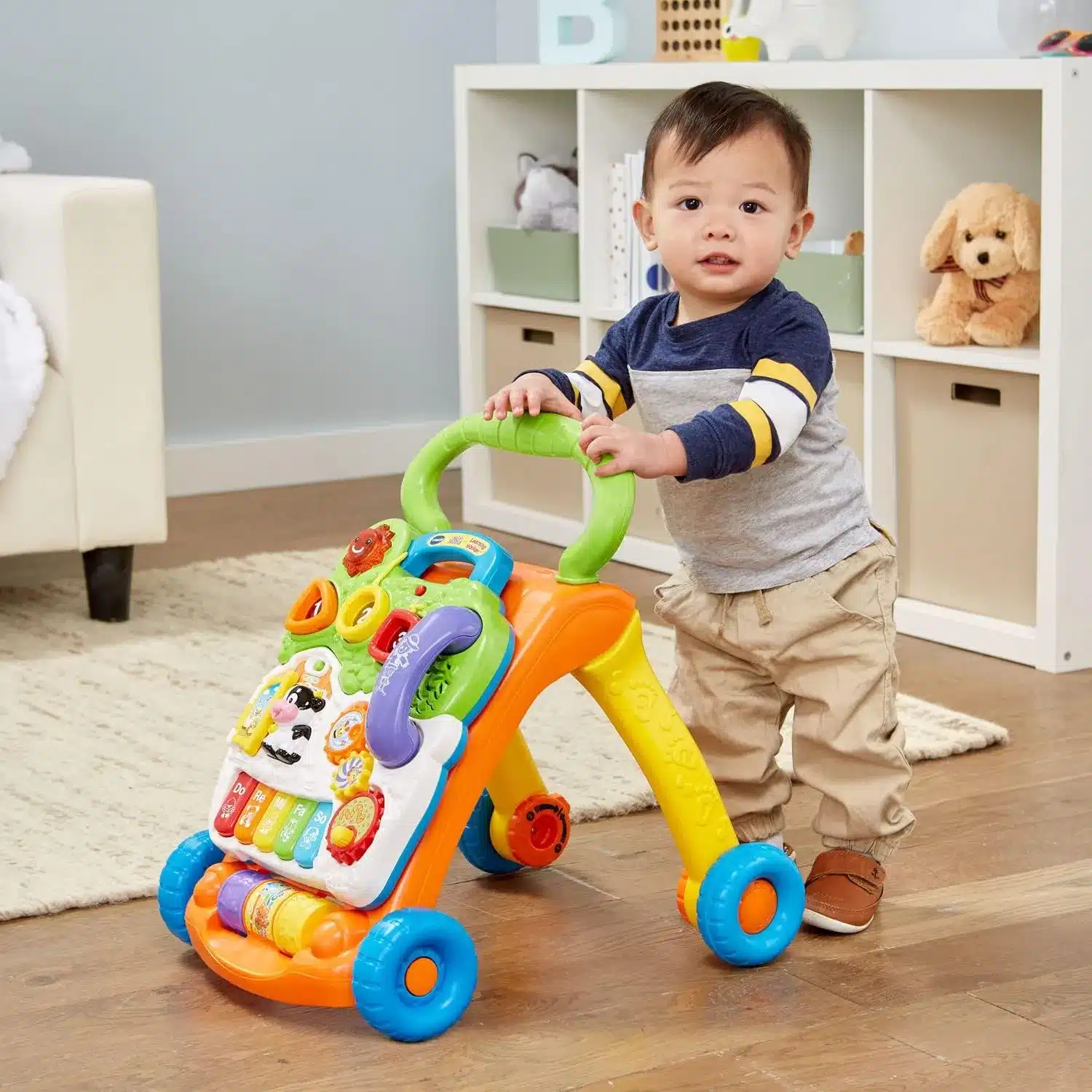Do you constantly battle dry skin, sinus problems, or a nagging cough during the winter? If so, you may need to invest in a Vicks humidifier! Humidifiers are appliances that help add moisture to the air, and they can be beneficial for people who suffer from respiratory problems or dry skin.
This blog post will discuss everything you need to know about humidifiers! We will cover how to clean and care for your Vicks humidifier, what kind of water to use, and how to adjust it to meet your needs.
What Is A Vicks Humidifier:
A Vicks humidifier is an appliance that increases the moisture content of the air in a given space. Several types of humidifiers are available, including cool mist, warm mist, ultrasonic, impeller, central, tabletop, portable, and whole house models. Cool mist humidifiers use evaporation to add humidity to the air, while warm mist units heat water into vapor which is then released into the air.
Ultrasonic humidifiers use high-frequency sound vibrations to release a fine mist into the room. Impeller models disperse a cool mist using disks that rotate at high speed while central systems are connected directly to your home’s heating and cooling system.
Tabletop and portable humidifiers are ideal for small spaces, while whole-house systems can provide humidity throughout your home. Humidifiers benefit everyone in your household as they help reduce dryness and improve air quality. They also allow you to maintain comfortable humidity levels in winter when indoor air is drier than normal.
How To Clean A Vicks Humidifier:
It is important to clean your dirty humidifiers regularly, as this will help prevent dryness in the air, reduce bacterial growth, and ensure it is working at its best. To begin, unplug the device and empty any remaining water from the tank. Using a damp cloth, remove any mineral deposits or other debris from the inside and outside of the tank.
Afterward, fill the tank with distilled water, as this helps prevent mineral buildup that could clog the unit’s filter or fan blades. Allow the water to sit for 15-20 minutes before draining it and any remaining debris.
Once finished, use mild dish soap and a soft brush to scrub down all components, including the filter, fan blades, tray, and tank. Rinse thoroughly with warm water before reassembling your humidifier.
Lastly, check your owner’s manual for instructions on how often you should replace your filters and clean each unit component depending on its size and usage frequency.
What Does A Vicks Humidifier Help With:
A Vicks humidifier helps with a variety of issues associated with dry air. When the humidity level in an indoor environment is too low, it can cause uncomfortable symptoms to those within the space, such as dry skin, cracked lips, sore throat, and respiratory problems. This can also increase indoor air pollution, exacerbating existing health issues.
The best humidifiers help add moisture to the air and maintain a more comfortable humidity for living and working indoors. By adding additional moisture to the air, they also help relieve symptoms associated with high and low humidity levels, allowing individuals to breathe easily and enjoy a healthier environment overall.
How To Make Distilled Water For A Vicks Humidifier:
You will need a few supplies and tools to make distilled water for your device. First, you must gather pure and clean tap water from your home or a store-bought source. You’ll also need a distiller or a distilling kit such as an electric stovetop still or an old-fashioned boiling pot.
Begin by pouring the tap water into the boiler of your chosen still or distiller. If using an electric model, plug it in and switch it on. Then let the water boil until steam starts coming out of the exit nozzle on top. This steam is distilled water that can be collected in a bowl or jar placed underneath the nozzle.
Once all the steam has been condensed into liquid form and collected in your container, fill your tank and enjoy the fresh air! Since distilled water has no minerals, you may want to add mineral drops to maintain healthy relative humidity levels in your home environment if used over extended periods.
How To Clean Your Device With Vinegar:
Cleaning your device with vinegar can be an effective way to ensure it’s running clean and efficiently. Begin by turning off the power supply to the unit, then remove the filter. Soak the filter in a mixture of half white vinegar and half warm water for 30 minutes to remove dirt, scale, and other debris that can build up over time.
Once finished soaking, rinse the filter with hot water and dry it thoroughly before replacing it in the unit. After reinstalling the filter, pour one part of the white vinegar into the water tank and fill it to its maximum level with cold tap water. Let this mixture sit for 30 minutes before draining it out completely. Once drained, rinse out the tank and refill it with fresh water. Finally, switch on and enjoy clean air!
What Is The Difference Between A Humidifier And A Dehumidifier:
Humidifiers and dehumidifiers are both devices used to regulate indoor humidity levels. The main difference is that a humidifier adds moisture to the air, while a dehumidifier removes moisture from the air.
Most Humidifiers come in central systems, steam vaporizers, and ultrasonic or evaporative models. Central systems use a furnace or other heating system to add moisture to the air. Steam vaporizers boil water and release warm steam into the air, relieving people with allergies or breathing problems.
Ultrasonic models use high-frequency vibrations to create a mist of fine droplets that evaporate into the air. Evaporative humidifiers use a fan to pull in dry air, passing through a wet wick filter before being released back into the room.
Dehumidifiers remove excess moisture from the air using refrigerant coils like radiators or condensers. These coils cool the moist air until it reaches dewpoint temperature, at which point water can no longer stay suspended in the air and drips down into a tank or reservoir for collection.
A fan returns this dryer air into the room before being replaced by more humid outside air. Humid and dehumidifiers should be maintained regularly to ensure they work properly and efficiently. Cleaning filters on both devices will help reduce mold growth and ensure they function correctly.
What Does A Cool Mist Vicks Humidifier Do:
A cool mist Vicks humidifier is a device that adds moisture to the air, helping to keep your home comfortable and healthy. It releases a fine mist of water vapor into the air, which helps regulate humidity levels and prevent dryness, making breathing easier. Increasing the amount of moisture in the air can also reduce symptoms like nasal congestion, dry skin, and sore throats.
Cool mist humidifiers are often used for relieving allergies and other respiratory issues and providing relief from certain medical conditions like asthma. They come in various sizes and types, from small tabletop models to larger whole-home systems. They can also be used year-round to maintain optimal humidity levels and help prevent illnesses caused by dryness.
Where To Put A Vicks Humidifier:
It is recommended that your Vicks Humidifier be placed in the bedroom away from direct heat sources, such as air conditioners and heating vents. Placing it in the corner of the room, preferably near a window or another vent, is best to help disperse the humidity more evenly.
Keep your device out of reach of children and pets since they can easily knock it over or create a mess with any exposed water. Additionally, you should clean and maintain your humidifier regularly for optimal performance and safety.
What Kind Of Water For A Vicks Humidifier:
When choosing the right kind of water for a Vicks humidifier or air conditioner, it is important to select a clean and pure type that has not been exposed to contaminants. It is highly recommended to use distilled water because it has been processed to remove any impurities and minerals, ensuring that your device is running efficiently.
Using tap water can leave behind deposits on the inner workings of the appliance, leading to clogs and reduced performance over time. Other types of water, such as filtered, spring, or well water, may contain unseen particles or bacteria, which can be harmful when exhaled into the air.
Ultimately, using distilled water will provide cleaner and more consistent moisture in your home while protecting and extending the appliance’s life.
What To Put In A Vicks Humidifier:
When using a Vicks humidifier, choosing products and ingredients that will help you maintain the desired humidity level while being safe and gentle to use is important. When choosing what to put in your device, several options are available.
Essential oils are one of the most popular options because they add a pleasant aroma. However, it is important to note that not all essential oils are safe for use, so check the manufacturer’s guidelines before adding any essential oil to your device.
Cooling systems may also be added as an additional source of moisture. Although these systems can provide some benefits, they have different safety and gentleness than other options. They should only be used if specifically recommended by the manufacturer.
Dust mites can thrive in humid environments, so reducing their presence when using a humidifier is important. Several methods are available for reducing dust mite populations, such as washing bedding in hot water and using air filters that capture and remove particles from the air.
What Are A Vicks Humidifier Benefits:
The benefits of using a Vicks humidifier in the home are immense. Humidifiers help to maintain the ideal humidity levels necessary for optimal health and comfort in your home. By adding moisture to the air, humidifiers can reduce common respiratory issues caused by dry air, such as allergies, sinusitis, asthma, and other illnesses.
They also aid in reducing static electricity, helping to protect furniture and electronics from damage. Additionally, humidifiers can help reduce heating bills by allowing you to set your thermostat a few degrees lower than normal while still feeling comfortable.
Moreover, most modern humidifiers come with remote control options for easy usage. This allows you to easily monitor and adjust your home’s relative humidity levels from anywhere in the house or remotely when away from home.
Finally, having a properly-humidified home can make breathing much easier – especially for those with existing respiratory problems like asthma. Too dry air can cause throat and nasal membranes to become irritated and inflamed, leading to coughing and another discomfort.
Humidifiers can help keep these membranes moist so that sufferers of respiratory problems may breathe more easily through their noses rather than their mouths.
How To Add Moisture To The Air Without A Vicks Humidifier:
Adding moisture to the air without a Vicks humidifier can be done in several ways. The most common is by simply placing bowls of water around your home. This evaporates into the air and increases humidity levels.
Other ways to add moisture to the air include boiling water on the stove, cooking with a steamer, or taking a hot shower and leaving the bathroom door open so that steam escapes into other rooms. Also, hanging wet clothes on racks indoors will help add moisture to the air.
Houseplants are another great way to increase humidity levels without electricity or special equipment. Many plants release water vapor into the air as part of their transpiration process, which helps keep moisture levels up. Additionally, having an aquarium in your home may increase humidity levels naturally since it adds warm and moist air to your environment.
Lastly, using a damp cloth or sponge over radiators or heating vents can help raise humidity levels within a room since these objects absorb moisture from the damp cloth and release it back into the air as they heat up.
What Is The Difference Between A Vicks Humidifier And A Vaporizer:
The primary difference between a Vicks humidifier and a vaporizer is how they produce air humidity. A Vicks humidifier add moisture to the air by releasing water vapor, while a vaporizer creates steam or mist as it heats the water. Humidifiers use cool mist technology to disperse the moisture into the air since boiling temperatures can create hazardous particles that could be inhaled.
Vaporizers use hot steam to release humidity into the air and require regular cleaning of their tanks to prevent mold growth from occurring due to bacteria buildup. Additionally, humidifiers are designed for larger spaces and typically require more electricity than a vaporizer and more frequent refilling of their tank.
Why Is My Vicks Humidifier Not Working:
One possible reason your Vicks Humidifier not working is an issue with the ultrasonic vibration. Ultrasonic vibration is a technology used in most modern humidifiers, which works by vibrating a metal diaphragm at an ultrasonic frequency.
The rapid movement of the diaphragm creates tiny water droplets released into the air as mist. This helps add moisture to the air and increases humidity levels in a room or space.
An issue with the ultrasonic vibration can prevent the device from functioning properly and releasing mist into the air. One common cause of this problem can be a buildup of mineral deposits, such as calcium and limescale, on the metal diaphragm over time. A blocked diaphragm can prevent it from vibrating correctly, releasing less mist into the air.
Other potential causes for a malfunctioning humidifier include clogged filter screens, fan issues, or insufficient water in the tank to produce mist. It is important to regularly clean and maintain your humidifier according to manufacturer instructions to keep it running smoothly to get the maximum benefit from its use.
What Is The Difference Between An Air Purifier And A Vicks Humidifier:
The difference between an air purifier and a Vicks humidifier is quite distinct. An air purifier filters out airborne pollutants, such as dust, pollen, smoke, pet dander, and other allergens. It works by trapping these particles in its filters and preventing them from entering the air you breathe.
A Vicks humidifier, on the other hand, adds moisture to the air to maintain optimal humidity levels. Unlike an air purifier, it doesn’t remove any airborne pollutants; instead, it works to combat dryness in the home and ailments associated with dryness, like coughing and sneezing. Some higher-end models of humidifiers do come with built-in air purification capabilities but are not intended to replace dedicated air purifiers.
What Can I Put In My Vicks Humidifier To Kill Bacteria:
One of the best methods to kill bacteria in a humidifier is to use ultraviolet light technology. This type of technology works by exposing bacteria and other microorganisms that may be present in your air or water to UV-C radiation, which is found between 200-280 nanometers on the electromagnetic spectrum.
This range of radiation breaks down the DNA and RNA of the organisms, effectively killing them. Many companies offer specific humidifiers with built-in UV lights, which can be used as part of regular maintenance for your unit. In addition to providing clean, germ-free air throughout your home, these systems also help reduce mold and mildew buildup that can accumulate in humid environments.
Which Is Better, Cool Or Warm Mist Humidifier:
When deciding between a cool mist and a warm mist device, it is important to consider the benefits and drawbacks of each. Cool mist humidifiers offer several advantages over warm mist humidifiers, including lower cost, quieter operation, and larger capacity. These humidifiers also use less electricity than their warm mist counterparts, making them an affordable and energy-efficient option for many households.
On the other hand, warm mist humidifiers are better suited for people with allergies or respiratory issues because they can relieve congestion or dryness in the air due to their ability to disperse essential oils. Warm mist humidifiers may also be more effective at maintaining humidity than cool mist models.
Ultimately, which type of device is best depends on your needs and preferences; both options have unique benefits and drawbacks, so you should weigh all factors before deciding.
How To Set Up A Vicks Humidifier:
Setting up your device can be a simple process that improves the air quality of your home or workspace. Here are some steps to help you set up your humidifier with ease:
Determine The Type And Size
Determine what type and size of the device you need for your room or space. You can find this information by consulting hardware stores, researching online, or asking a professional. A device with a tank design and an auto mode will ensure you get the most out of your new purchase.
Measure Room Size
Measure the size of the room to determine how many liters or gallons of water the impeller humidifiers should hold. Large rooms may require a larger model, while smaller models work well in one-room spaces.
Look For Built-In Hygrometer
Consider buying a device with a built-in hygrometer that helps measure humidity levels in real-time, so you don’t have to guess if it’s working properly.
Read Instruction Manual
Before adding water to the device, read the instruction manual carefully and ensure all parts are in place and ready for use.
Fill Tank With Distilled Water Only
To fill the tank, use distilled water only, as other forms of water can leave sediment behind from minerals within them that could clog your machine over time and damage it permanently.
Turn On The Device And Adjust The Fan Settings
Plug in the device and turn it on via an electric switch or remote control (if equipped). Adjust fan settings according to room size. This will help maintain consistent airflow throughout the area targeted by your device’s output nozzle(s) without wasting energy by blowing too much into a small space or not enough into a large one.
Monitor Humidity Readings
Monitor humidity readings using a built-in display on newer models or a separate hygrometer tool to ensure they stay within desirable levels. Hence, no harm comes from high humidity levels, such as mold growth or wood warping/rotting due to moisture accumulation over long periods without proper ventilation systems installed in conjunction with their devices operating at optimal settings for efficiency purposes!
Conclusion
In conclusion, having a Vicks humidifier in your home can benefit you, your family, and your home in several ways. Not only do humidifiers help clean the air and keep your home comfortable and safe from allergens, but they also allow you to live comfortably without allergies or other respiratory issues.
Knowing the difference between a humidifier and a dehumidifier, understanding how to make distilled water for humidifier use, cleaning your device with vinegar or bleach regularly, knowing where to put it when using it, and much more is essential.
You understand what kind of water should be used in your device and how to make one yourself. Finally, knowing the benefits of a Vicks humidifier and disinfecting strategies when necessary are all key elements worth considering when purchasing or using one of these devices. With these tips on how to clean and use one successfully, you’ll find that having a humidifier in your home can truly benefit everyone living there.
Disclosure: Some of the links in this article may be affiliate links, which can provide compensation to me at no cost to you if you decide to purchase.

